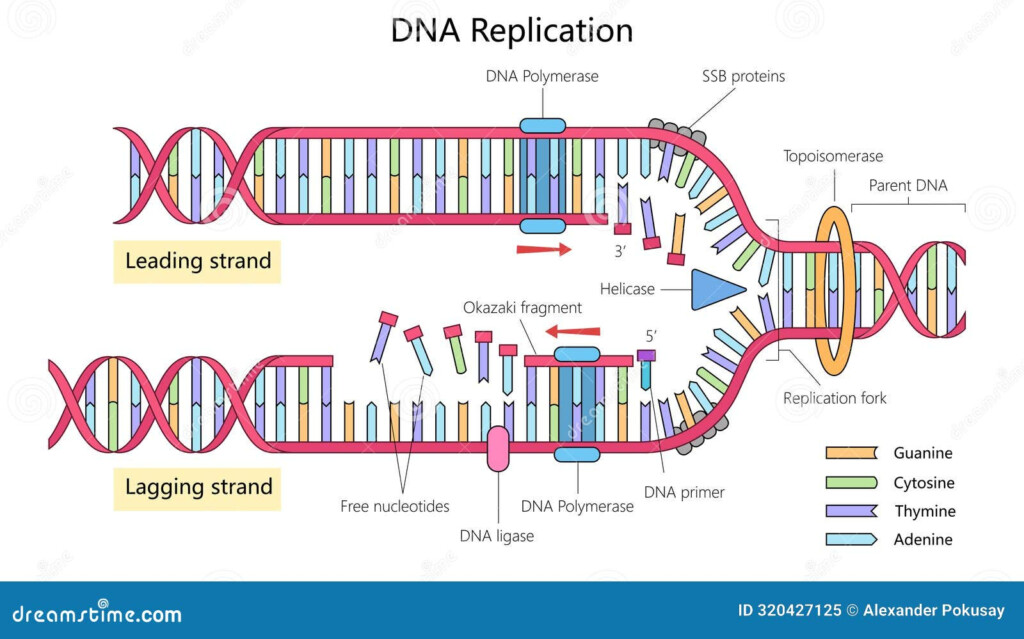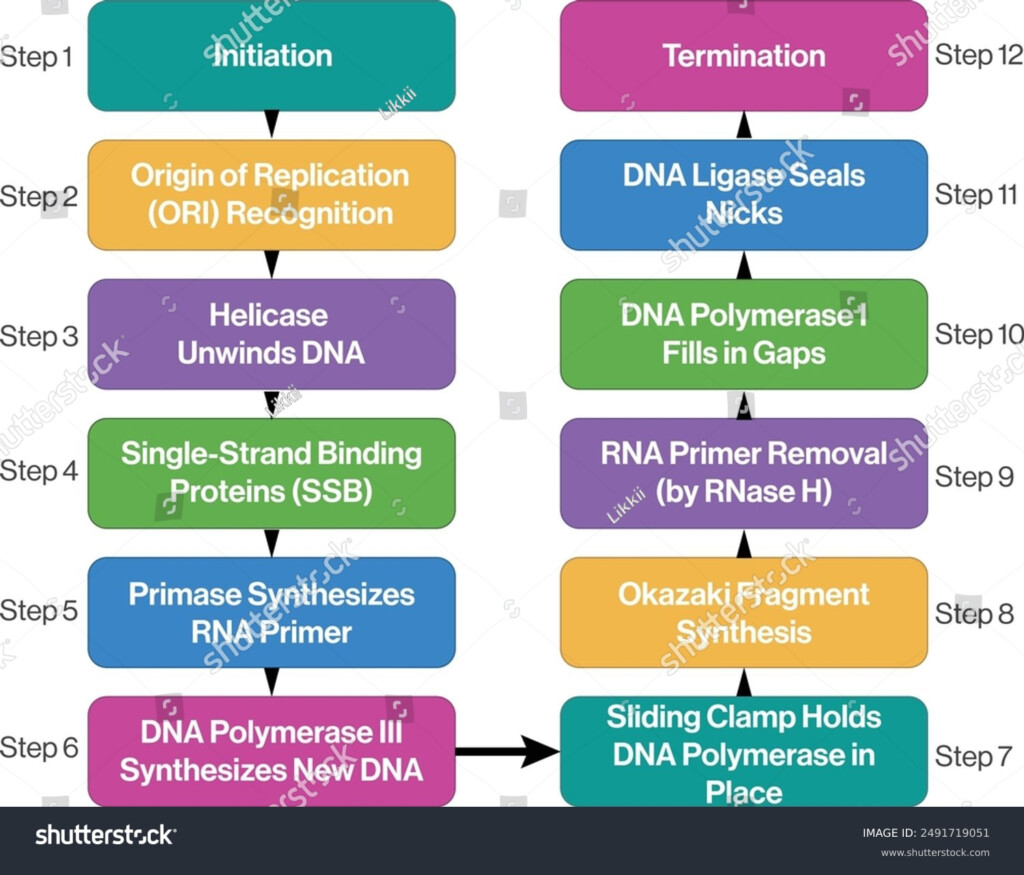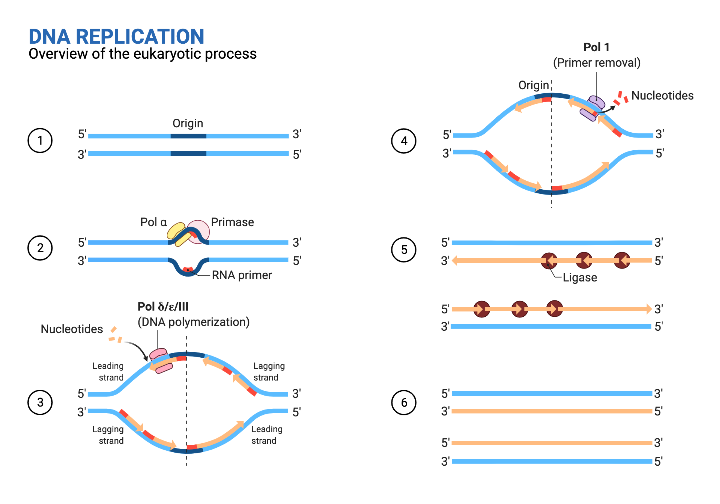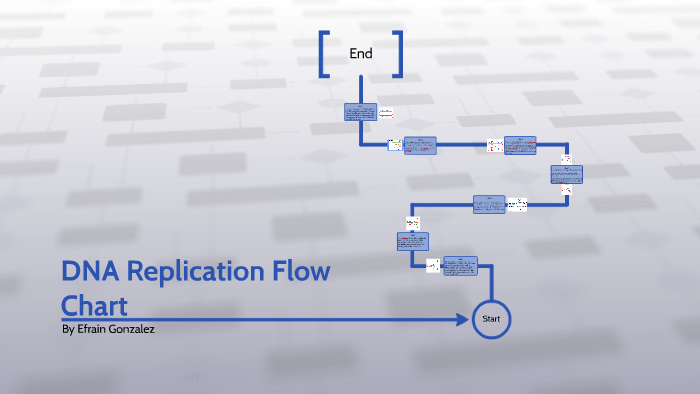Understanding the DNA replication process is essential for grasping the fundamental mechanisms of genetics and inheritance. DNA replication is a crucial biological process that ensures the accurate transmission of genetic information from one generation to the next. The process involves the duplication of a DNA molecule to produce two identical copies, which are crucial for cell division and growth.
The DNA replication process can be broken down into several key steps, each of which plays a critical role in ensuring the fidelity of genetic information. These steps include initiation, elongation, and termination. Initiation involves the unwinding of the DNA double helix and the recruitment of enzymes and proteins that facilitate the replication process. Elongation entails the synthesis of new DNA strands complementary to the original template strands. Termination marks the completion of DNA replication and the separation of the newly synthesized DNA molecules.
Dna Replication Process Flow Chart
The DNA Replication Process Flow Chart
To visualize the intricate process of DNA replication, a flow chart can be a helpful tool. The DNA replication process flow chart typically includes key components such as DNA helicase, DNA polymerase, primase, and ligase. DNA helicase is responsible for unwinding the DNA double helix, while DNA polymerase synthesizes new DNA strands. Primase initiates the replication process by creating RNA primers, and ligase seals the nicks in the newly synthesized DNA strands.
By following the flow chart, one can track the sequential events that occur during DNA replication and understand how each component contributes to the overall process. The flow chart serves as a visual aid that simplifies the complex process of DNA replication, making it easier to comprehend and study. It can be a valuable resource for students, researchers, and anyone interested in delving deeper into the fascinating world of genetics and molecular biology.
In Conclusion
The DNA replication process is a fundamental aspect of genetics that underpins the transfer of genetic information from one generation to the next. Understanding the intricacies of DNA replication can provide valuable insights into the mechanisms of inheritance and evolution. By utilizing a flow chart to visualize the process, one can gain a clearer understanding of the sequential events that occur during DNA replication. This visual aid can be a valuable tool for educators, students, and researchers alike, helping to simplify and elucidate the complex process of DNA replication.
Download Dna Replication Process Flow Chart
DNA Replication Process Flow Chart Illustration Royalty Free Stock
DNA Replication Process BioRender Science Templates
Dna Replication Flow Chart
DNA Replication Flow Chart By Efrain Gonzalez On Prezi




